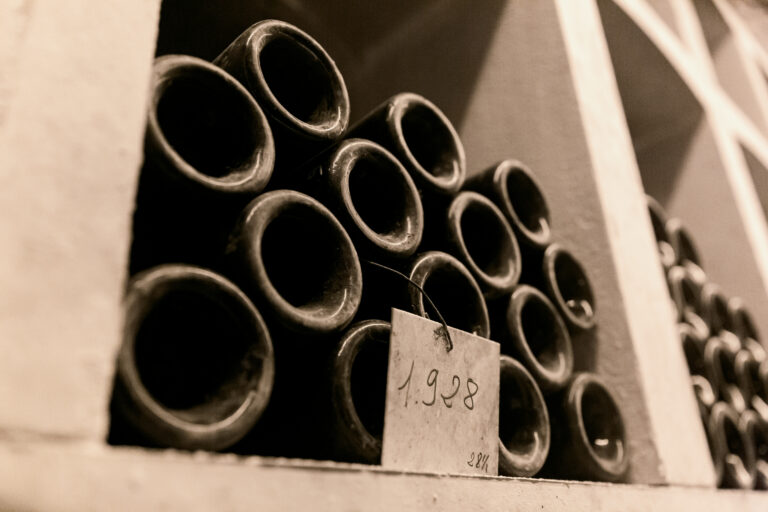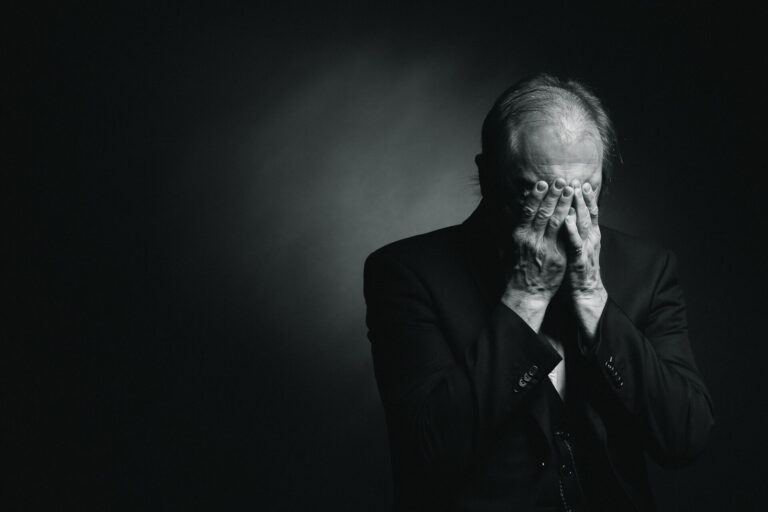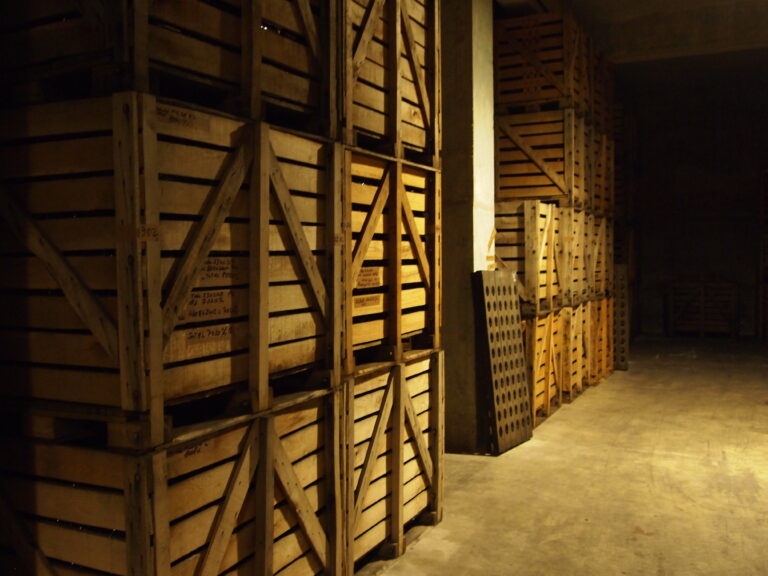Where does the new year’s tradition of drinking Champagne come from? [read the full champagne story]
Estimated reading time: 2 minutes

For many, champagne is synonymous with New Year’s Eve. The popping cork, the foam and the bubbles, that’s what most people want to eat. The New Year’s tradition is considered to have been created in Versailles, where the royal family had wet week-long Christmas parties in the middle of the 18th century, with champagne at the top. The very nature of the drink itself, with its vibrant upward-moving bubbles, its beautiful foam and its quick intoxicating effect, has surely contributed to making the New Year’s bubbly a must. Champagne has otherwise not previously left any deeper traces in our Nordic drinking history, the sparkling wine has had to take a backseat to beer and brandy.
In the year’s final moments, ‘neath the starry gleam,
Champagne’s froth, a memory from time’s dream.
In Proustian breaths, where minutes self-disguise,
A toast to fleeting moments as the old year dies.
In the salon’s glow, where the bells chime,
Champagne’s dance, a poetic rhyme.
The scent of the year, slowly fading away,
In each bubble, a moment has its say.
Time that has fled, in every glass,
Champagne’s magic, a memory in the hourglass.
In the last breaths of the year, in the effervescent glow,
We relish moments, as if time is our fellow.
So let’s raise the glass, in Proust’s refined air,
For self-evanescent minutes, for the year laid bare.
Champagne’s song, a hymn to the past,
In the year’s final self-evanescent, a moment to grasp.







